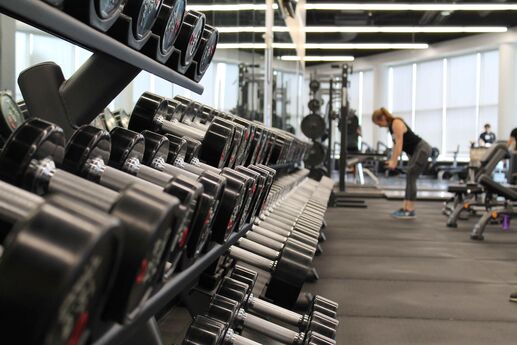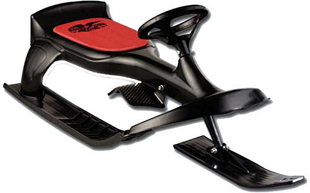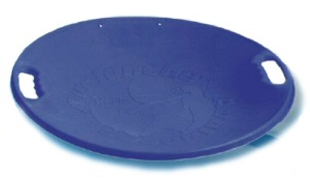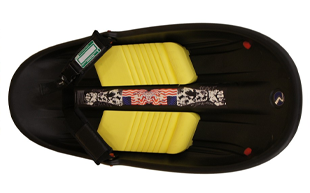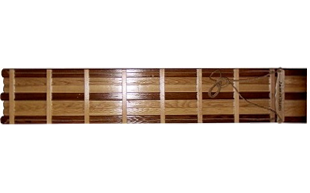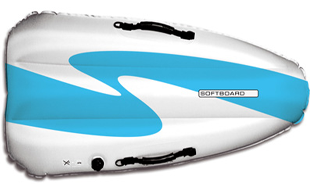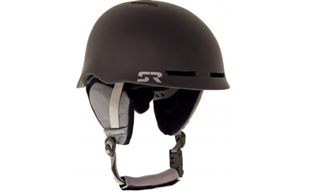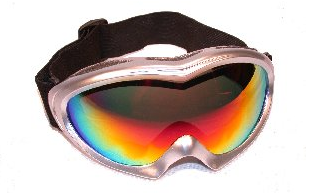Is Your Skin Spot Cancerous? The Skinny on Moles
The importance of wearing sunscreen to prevent skin cancer has been drilled into your head since the day you were born. But you’re way too young to start inspecting yourself for iffy moles, right? Actually, say dermatologists, you’re not. Dr. Jessica Krant, assistant clinical professor of dermatology at SUNY Downstate Medical Center and founder of Art of Dermatology in New York City, says the time to start is now. “If you get used to how your moles and skin look when nothing is wrong, you’ll be ready to notice changes over time,” she explains, adding that, though rare, “skin cancer does occur in teens and even in children, so there really is no age too young to start knowing your skin.” But how can you “know” your skin? When is a mole just a mole, and when is it a sign of something worse? To answer these questions and more, here are three healthy habits you should be using to keep tabs on your body’s largest organ.
No. 1: Get an annual checkup.
Make an appointment with a board-certified dermatologist for a complete head-to-toe skin cancer screening. For most people, this will become an annual event, but depending on your skin type and coloring, sun exposure, and family skin cancer history, you may need to go more often. “Everyone is truly different, so your dermatologist should work with you to figure out the schedule that works best for your situation,” says Krant.
No. 2: Check yourself using the ABCDE’s.
In between dermatological visits, you need to inspect your own skin. In order to get to know what’s normal for you, Krant suggests looking at easy-to-see spots once a month. Less visible areas can be looked at every four to six months. Although cancers are more likely to develop in parts of the body that are more exposed to the sun, they can still form in areas the sun doesn’t see. That means a complete skin exam includes the bottoms of your feet, in between your toes, your scalp and your underwear area. “Use a mirror to look at hard-to-see areas,” says Dr. Joshua Zeichner, director of cosmetic and clinical research for the Department of Dermatology of Mount Sinai Medical Center in New York City. “Ask your wife or girlfriend to check out your back.”
What you’re looking for, says Zeichner, is the ABCDE’s of moles.
A = Asymmetry, when one side of the mole does not look like the other side
B = Border, when the border of the mole is irregular and not round
C = Color, when there are various shades of brown, black, blue, or white in the mole
D = Diameter changing (according to Krant, dermatologists used to warn against moles that are larger than a pencil eraser, but doctors now know that melanomas can be smaller)
E = Evolution, when the mole changes over time
Another general guideline, says Krant, is to search for anything that looks different from when you last saw it or that doesn’t look like most of the other marks on you. “There are three main types of skin cancer,” she explains. “Each is formed when a different skin cell type goes bad.” When a brown mole turns malignant, it forms melanoma, the least common but deadliest skin cancer. But there is also a type of melanoma that has no brown pigment; it can look pink or red and is easily overlooked. “Basal cell carcinoma, the most common type of skin cancer, can appear as a clear ‘pearly’ bump, a flat white scar-like patch, or a pimple-like sore that may bleed and heal and then bleed again,” says Krant. Squamous cell carcinoma often appears as a flaky, scaly red bump, or a small patch that looks like a rash but won’t heal.
No. 3: When in doubt, call a professional.
With all the different places on your body to check and all the different types of spots to look out for, it can feel overwhelming. Just do the best you can to keep track of your skin, and head to your specialist if you spy something that makes you uneasy. At the very least, he or she will reassure you that it’s benign. And if it isn’t, rest assured you did the right thing: All three types of skin cancers are potentially deadly, but they’re also curable if caught early.



